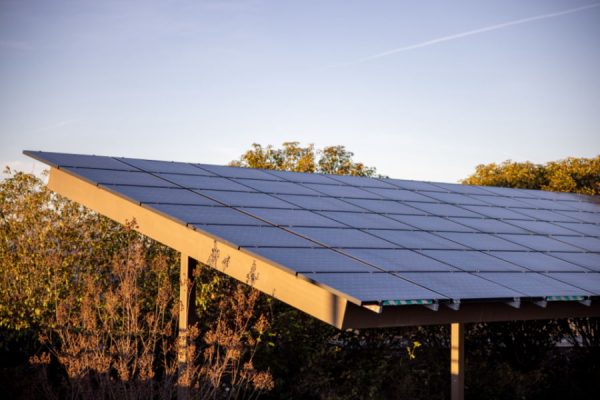Diving into the world of renewable energy, you’ll quickly encounter the term ‘PV cables’. These are the unsung heroes of the solar power industry, the wires that carry the sun’s energy from the panels to our homes and businesses. But what makes a modern PV cable tick? Let’s explore the technical specifications that set these cables apart and ensure they’re up to the task of harnessing the power of the sun.
Material Matters
When it comes to PV cables, the material is key. Modern PV cables are designed to withstand harsh outdoor conditions, including exposure to sunlight, heat, and moisture. The outer jacket of a PV cable is typically made from a material that’s resistant to UV radiation, ozone, and chemical damage. This ensures the cable’s longevity and reliability, even when exposed to the elements for extended periods. Speaking of materials, the H1z2z2-k solar cable is a prime example of a cable that uses high-quality materials to ensure durability and performance.
Temperature Tolerance
One of the critical technical specifications of a PV cable is its temperature tolerance. Solar panels can get pretty hot, especially on a sunny day. A good PV cable needs to handle these high temperatures without degrading. Modern PV cables are designed to operate within a wide temperature range, often from -40°C to +90°C. This ensures that they can function effectively in various climates, from the coldest winters to the hottest summers. The H1z2z2-k solar cable, for instance, boasts an impressive temperature tolerance, making it a versatile choice for solar installations worldwide.
Flexibility and Durability
Flexibility is another important aspect of PV cables. These cables need to be flexible enough to be installed in various configurations without causing stress on the conductors. Durability is also crucial, as the cables will be subjected to constant movement, especially in windy conditions. Modern PV cables are engineered to be both flexible and durable, with reinforced insulation that can withstand the test of time. The H1z2z2-k solar cable is a testament to this, offering a balance of flexibility and strength that makes it ideal for solar panel installations.
Electrical Performance
Let’s talk about the electrical performance of PV cables. These cables are designed to have low electrical resistance, ensuring minimal power loss during transmission. They also need to have a high voltage withstand rating to prevent electrical faults. Modern PV cables are tested to meet strict international standards for electrical performance, ensuring they can handle the high voltages generated by solar panels without any issues. The H1z2z2-k solar cable, with its excellent electrical performance, is a standout in this regard, ensuring efficient power transfer from the panels to the grid or storage systems.
Fire Safety and Compliance
Safety is paramount, especially when dealing with electrical installations. PV cables must meet specific fire safety standards to prevent the risk of fire and ensure the safety of people and property. Modern PV cables are often made with halogen-free materials and are designed to be self-extinguishing, reducing the risk of fire spread in the event of a cable fault. Compliance with international standards such as IEC 61730 ensures that PV cables are safe for use in solar installations. The H1z2z2-k solar cable meets these stringent safety requirements, providing peace of mind for installers and users alike.
Environmental Impact
As part of the renewable energy sector, solar power is all about reducing our carbon footprint. Modern PV cables are made with this in mind, using materials that are not only durable but also environmentally friendly. The production process is also designed to minimize waste and maximize the use of sustainable materials. The H1z2z2-k solar cable is a great example of this, with its eco-friendly design that aligns with the green ethos of solar power.
Long-Term Reliability
Finally, the long-term reliability of PV cables is crucial. These cables are expected to last as long as the solar panels themselves, which can be upwards of 25 years or more. Modern PV cables are built to withstand the test of time, with materials that resist aging and maintain their performance over the long haul. The H1z2z2-k solar cable is no exception, offering a long service life that matches the lifespan of the solar panels it connects.
In conclusion, modern PV cables are a marvel of engineering, designed to meet the unique demands of solar power. From their robust materials to their environmental consciousness, these cables are the backbone of solar energy systems. The H1z2z2-k solar cable, with its impressive specs, stands out as a prime example of what modern PV cables can achieve, ensuring that the sun’s energy is harnessed safely, efficiently, and sustainably.









Leave a Reply